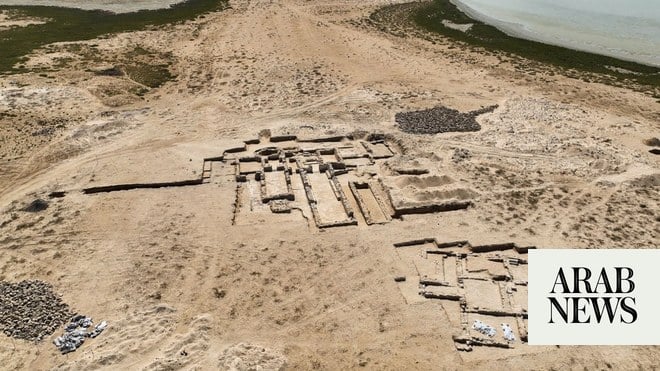
LONDON: At some point, in late February 1986, a younger man from Jubail in Saudi Arabia’s Japanese Province determined to place his new 4WD via its paces on the sand dunes west of the coastal metropolis. Earlier than very lengthy, nevertheless, he made two startling discoveries.
The primary was that neither he nor his new automobile had been nicely suited to dune-bashing, as each man and machine quickly discovered themselves caught quick within the sand.
However then, within the phrases of a paper printed within the journal “Arabian Archaeology and Epigraphy” in 1994, “within the strategy of digging out, (he) found he was on prime of a wall which disappeared down into the sand.”
Though the younger man had no concept what he had discovered, he realized it should have been very outdated. Having freed his car and returned to Jubail, he alerted the authorities about his discovery.
What he had chanced on, it might later transpire, was the stays of a Christian church, lengthy buried beneath the drifting sands.
Archaeologists who later excavated the positioning would discover an open, walled courtyard, about 20 meters lengthy, with doorways main onto three rooms.
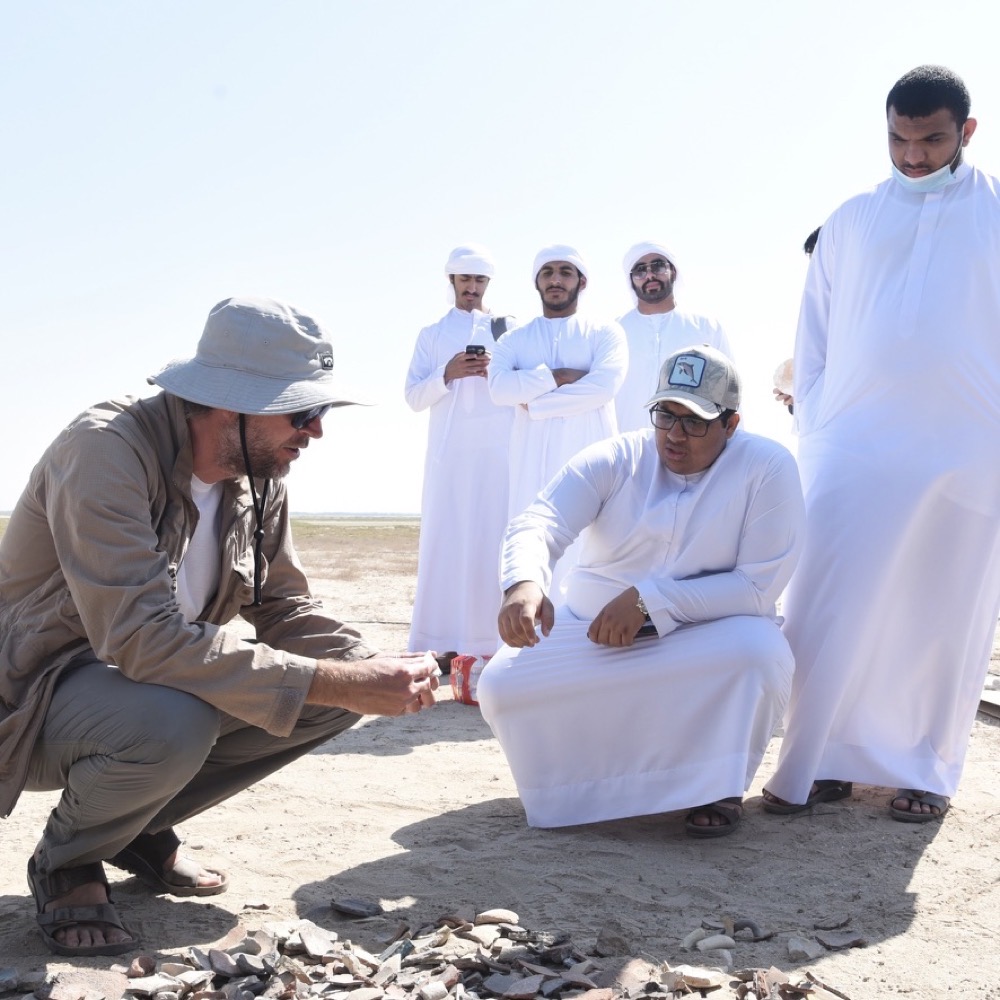
The central room, on the japanese finish of the construction, was decided to be the sanctuary, the place the altar would have stood. The room to the north was the place the bread and wine for the Christian ritual of the Eucharist would have been assembled. To the south was the vestry, the place the sacred vessels and the priest’s robes had been saved.
All of the partitions had been coated in gypsum plaster, during which there have been clear impressions of 4 crosses, the distinctive image of Christianity, every about 30 cm tall.
A number of stone columns remained intact, as did a pair of ornamental plaster friezes, that includes a sample of flowers linked by vine motifs.
This, it turned out, was not simply any church. Dated by archaeologists to the 4th century AD, it predated the approaching of Islam by about 300 years, and proved to be among the many oldest identified Christian church buildings on this planet.
The invention was only one small piece in a historic jigsaw puzzle which has since been all however accomplished, assembling an image of a time when two faiths, Islam and Christianity, coexisted alongside the shores of the Arabian Gulf.
Now, 36 years after that younger Saudi’s discovery, one other main piece has been added to the puzzle with the excavation of a Christian monastery on Siniyah Island, simply off the coast of Umm Al-Quwain within the UAE.
Utilizing pottery and carbon courting of natural stays discovered within the foundations of the advanced, the monastery has been dated to between 534 and 656 AD, a interval that spans the lifetime of Prophet Muhammad, who was born across the yr 570 and died in 632.
The positioning seems to have been deserted in the course of the Eighth century — not because of a conflict between the 2 faiths, however due to an inside battle inside Islam, archaeologists imagine.
“Finally the partitions collapsed, and the windblown sands moved over them, leaving low mounds with constructing particles, and pottery, glass and cash, which had been seen on the floor,” mentioned Tim Energy, affiliate professor of archaeology on the UAE College in Al-Ain and co-director of the Siniyah Island Archaeology Venture.
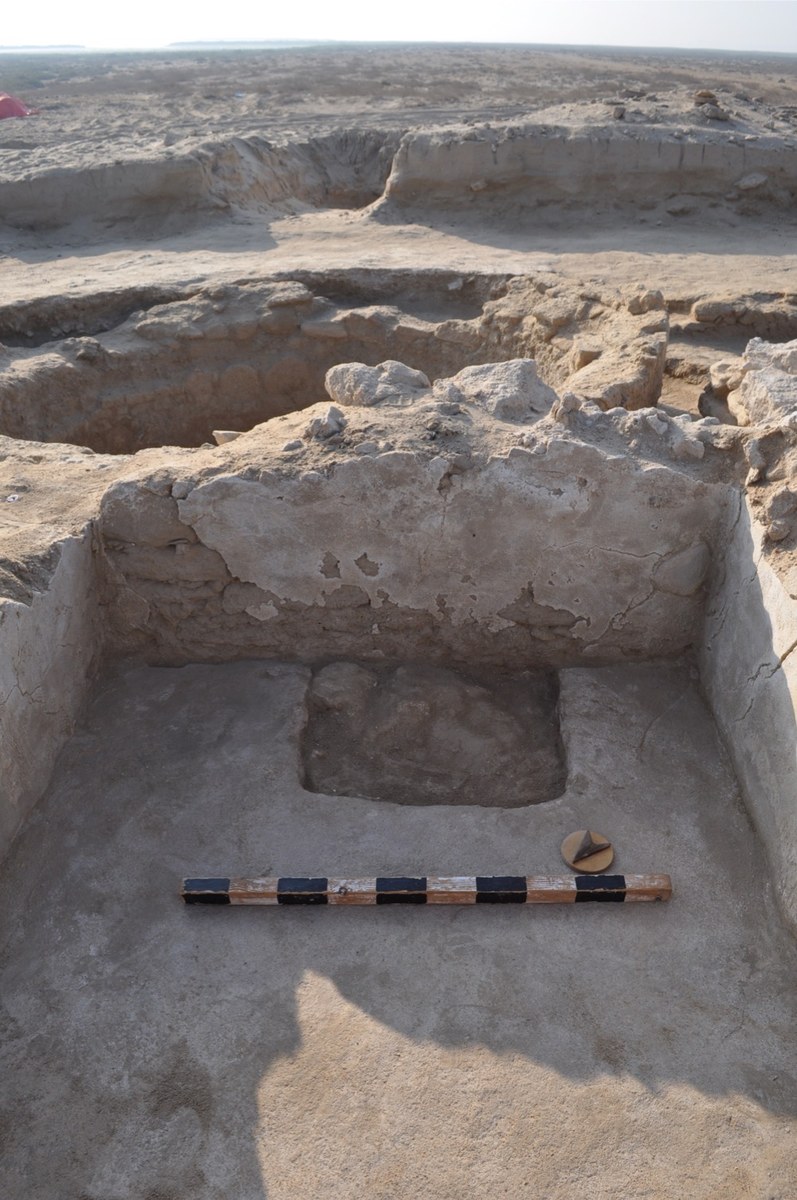
“However there may be completely no proof of destruction, or of deliberate injury to the positioning. We even have the stem of the glass chalice that was getting used to ship the Eucharist, in its authentic place, and the bowl that was used for mixing the Eucharist wine, additionally in situ.
“It actually does really feel like they simply obtained up someday and walked away.”
Energy believes the positioning was deserted not due to non secular variations, “however due to the Abbasid invasion of 750 AD, which inserts with our ceramic courting and radio-carbon courting for the abandonment.”
In 750 AD, the Abbasid caliphate, primarily based in Mesopotamia, overthrew the Umayyads. “We all know from the Arabic historic sources that the Abbasid invasion was very violent, and the coastal cities of the emirates had been destroyed,” he mentioned.
“So I believe these individuals fled in terror on the prospect of the invasion by the imperial authorities in Iraq, which had been attempting to keep up management of their restive provinces. It was a battle between two totally different teams of Muslims.”
The existence of the monastery proper up till this second within the mid-Eighth century, greater than 100 years after the loss of life of Prophet Muhammad, is proof that “there was clearly a level of intercommunal, interfaith tolerance on the native stage.”
Energy says it’s a widespread mistake to imagine that the Christians of the Gulf on the time of the rise of Islam had been outsiders.
“It’s value remembering that Christianity is a Center Japanese faith. Jesus Christ spoke Aramaic, which was the language of the Center East on the time of the Arab conquests. These church buildings and monasteries had been almost certainly not constructed by foreigners visiting these shores, however constructed by and for the native Christian Arab group.
“There may be quite a lot of historic and inscriptional proof which tells us that in all probability the vast majority of the Arabian Peninsula till the rise of Islam was Christianized.”
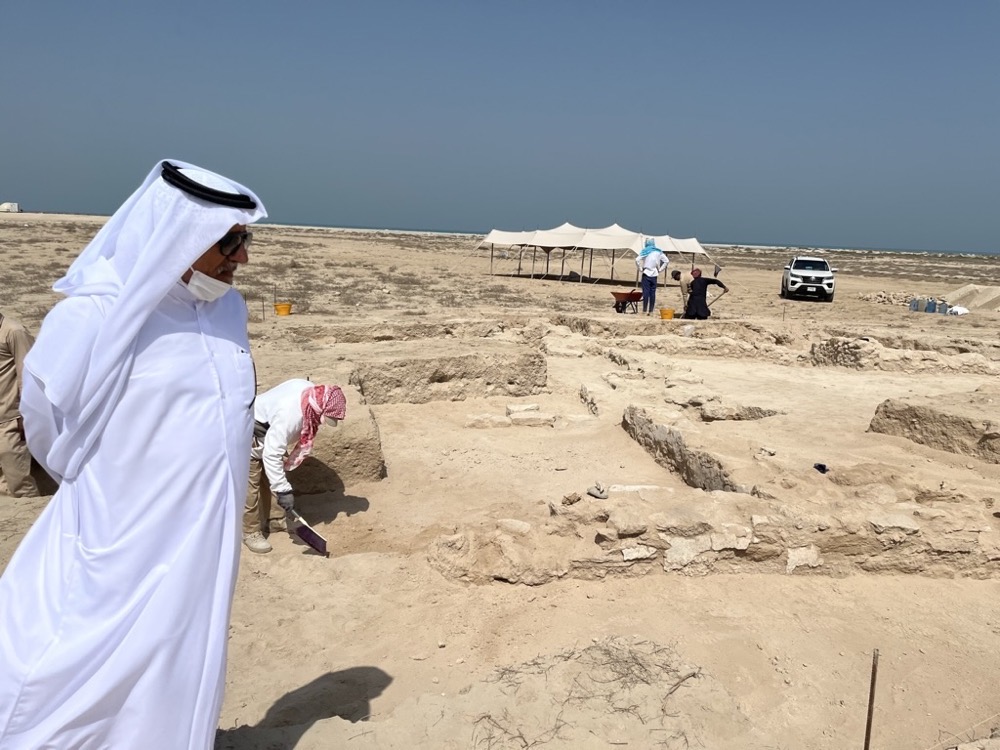
And though Christianity started to wane as Islam rose, Christians weren’t seen as outsiders at the moment, for the easy cause “they had been household.”
“Over the course of a number of generations Christian Arabs began to transform to Islam. However as a Muslim you might need a cousin, say, who’s a Christian and, as they’re nonetheless right now, these had been very strongly kinship communities.
“Membership of a tribe was in all probability the essential piece of your id, and spiritual affiliation nearly secondary.”
That is the second discovery of a Christian monastery within the UAE. In 1992, the newly fashioned Abu Dhabi Islands Archaeological Survey, based by the UAE’s then-president, Sheikh Zayed, started investigations on three islands.
On considered one of them, Sir Bani Yas, simply 7 km off the coast within the Western Area of Abu Dhabi, they shortly discovered some tantalizing clues — the stays of a number of courtyard homes and fragments of pottery dated to between the sixth and Seventh centuries AD.
The primary proof of Christian occupation was unearthed in 1994 — fragments of plaster crosses that bore a placing resemblance to others that had been discovered beforehand at a number of places within the Gulf.
Over the following two seasons, because the survey reported in a paper printed in 1997, “a really massive, advanced construction emerged … which now proves to be a monastery, with a church standing in its middle inside a courtyard.”
There may be now a wealth of proof, each textual and archaeological, testifying to the existence of Christianity within the Gulf from at the least the 4th century AD till the primary couple of centuries of Islam.
In accordance with sources written in Syriac, a dialect of Aramaic spoken by Christian communities within the Center East from in regards to the 1st to the Eighth century AD, the Church of the East, which was often known as the Nestorian Church, thrived in a area generally known as Beth Qatraye.
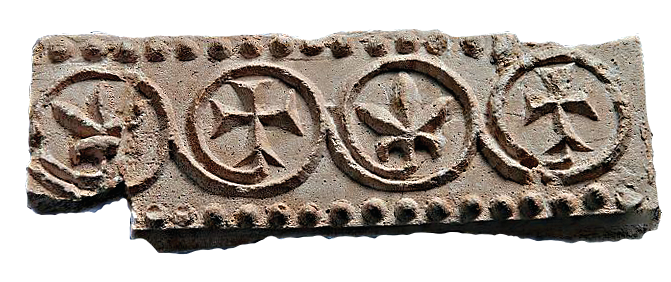
In accordance with the Encyclopedic Dictionary of the Syriac Heritage, printed by the Syriac Institute, which exists to advertise the examine and preservation of the Syriac heritage and language, Beth Qatraye, “land of the Qataris,” included “not solely the peninsula of Qaṭar, but in addition its hinterland Yamama” — right now a historic area inside Saudi Arabia — “and all the coast of northeast Arabia so far as the peninsula of Musandam, in present-day Oman, together with the islands” of the Gulf.
References to Beth Qaṭraye are present in a lot of Christian paperwork written within the years main as much as the emergence of Islam. The earliest comes from the “Chronicle of Arbela,” written in Syriac and supposedly composed between 551 and 569 AD by a monk from what’s now Irbil, within the Kurdistan area of Iraq.
The chronicle refers back to the existence of a number of Christian dioceses within the Gulf, and particularly within the space of Beth Qatraye, courting again so far as 225 AD.
First “rediscovered” in 1907, the chronicle has fallen out and in of favor with ecclesiastical historians. However though its authenticity has been challenged, lots of its particulars seem to have been confirmed by subsequent archaeological discoveries within the Gulf.
There may be, nevertheless, little question amongst students in regards to the authenticity of preserved church correspondence that reveals Christianity was established in Beth Qaṭraye by at the least the 4th century.
Ishoyahb III, Patriarch of the Church of the East from 649 to 659, left a wealth of letters for historians to pore over, together with 5 despatched from his base in Adiabene in northern Mesopotamia to the clergy and trustworthy of Beth Qatraye.
One other valued supply that mentions the area of Beth Qatraye is the “E book of Governors,” a monastic historical past written within the mid-Ninth century by Thomas, a bishop of Marga, an east Syriac diocese within the metropolitan province of Adiabene, a province of the Sasanian Empire in Mesopotamia.
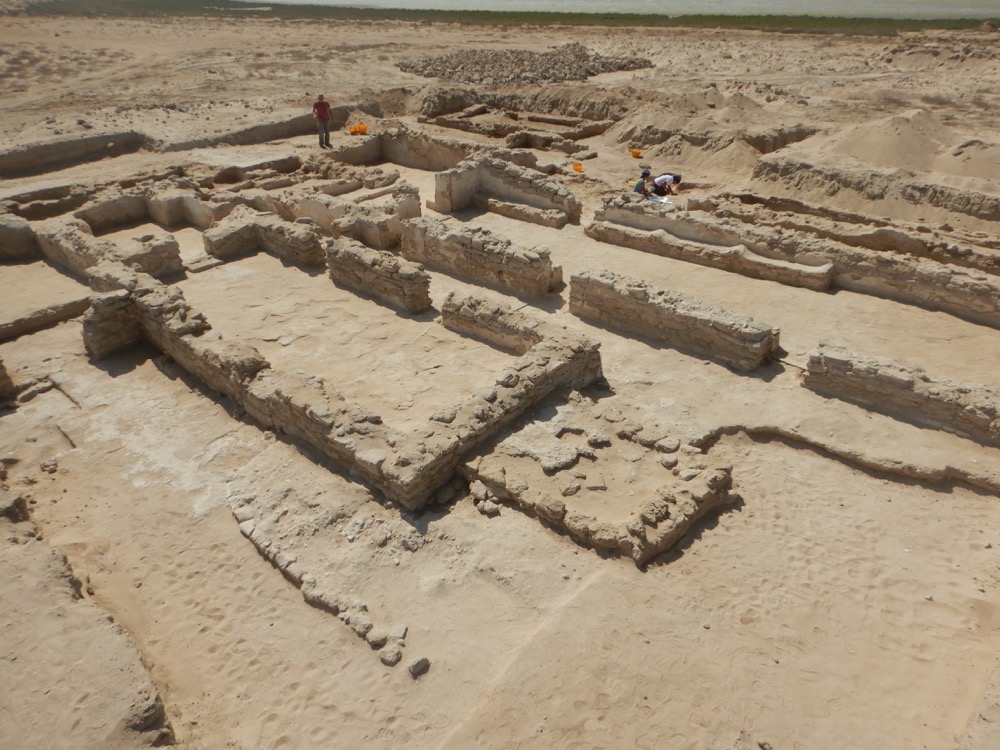
There may be additionally an abundance of archaeological proof of a Christian presence within the Gulf. The primary clues had been present in 1931 at Hira, an historical metropolis in south-central Iraq, which in in regards to the third century AD turned the capital of the Lakhmids, a Christian tribe initially from Yemen.
In 1960, the French archaeologist Roman Ghirshman excavated a Seventh-century Christian monastery on Iran’s Kharg Island, and in 1988 a church was found at Al-Qusur on Failaka Island, Kuwait.
Shortly earlier than the church at Jubayl was found, three Christian crosses had been discovered close by at Jabal Berri, a rock outcrop about 10 km southwest of the town, some 7 km inland from the coast. Two had been product of bronze, and the third, simply 5 cm tall, was carved from a single piece of mom of pearl.
Ecclesiastical and Arabic data not solely level to appreciable Christian exercise in areas that at the moment are a part of Saudi Arabia, but in addition display that “removed from present process a decline, Christianity flourished within the Gulf instantly after the Muslim conquest,” as Robert Carter, professor of Arabian and Center Japanese archaeology at UCL Qatar, wrote within the 2013 e-book, “Les preludes de l’Islam.”
Certainly, there was “a burst of Christian exercise from the late Seventh and/or Eighth century, extending into the early Ninth century at Kharg.”
One of many websites the place Christianity flourished was on the island of Tarut, simply off the modern-day governorate of Qatif in Saudi Arabia’s Japanese Province. It was right here in 635 AD that Muslim forces put an finish to the “ridda,” the apostasy motion within the japanese area, in a last battle that was fought at Darin on the island.
Nonetheless, “the Muslim conquest didn’t put an finish to the Nestorian group right here,” as Daniel Potts, professor of historical Close to Japanese archaeology and historical past at New York College’s Institute for the Research of the Historic World, wrote in a paper printed within the journal “Expedition” in 1984.
There are data of a serious synod, or church council, having taken place on the island greater than 40 years later, in 676.
This was a major gathering, because it was at this synod that the Christian follow of marriage in a church was first established, when George I, the chief bishop of the Church of the East, issued a ruling that henceforth solely these unions blessed by a priest can be considered authentic.
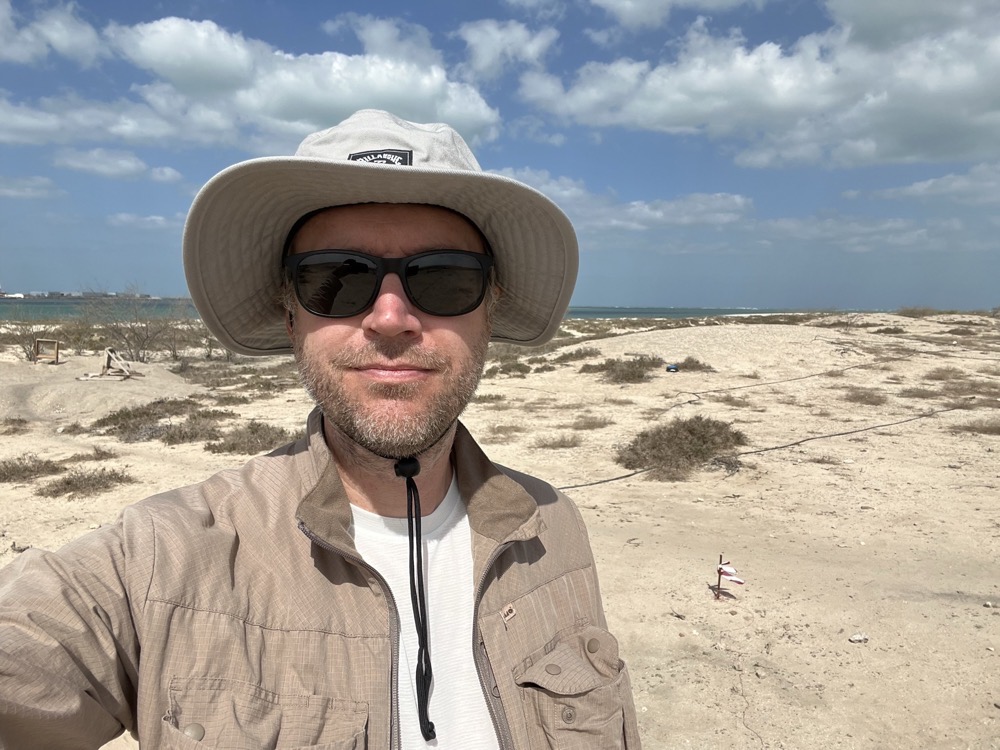
In mid-November this yr, Crown Prince Mohammed bin Salman introduced that as much as SR2.64 billion ($703 million) had been allotted for the event of the island of Tarut, which right now is residence to 120,000 individuals, to protect its heritage and improve its potential as a tourism vacation spot.
Tarut was not the one Christian website in what’s now Saudi Arabia. Different facilities or church buildings talked about in Syrian texts included “Hagar” and “Juwatha,” each believed to have been positioned someplace in Al-Hasa oasis, and at close by Al-Qatif and Abu Ali Island, simply north of Jubail.
Finally, all these Christians websites, from Jubail in Saudi Arabia to Umm Al-Quwain within the UAE, disappeared from historical past. In accordance with John Langfeldt, an American priest and historian who wrote the primary paper in regards to the church in Jubail after visiting the positioning in 1993, they did in order a part of a peaceable strategy of assimilation.
“There was no pressured conversion of the populace to Islam (and) Christianity remained the first non secular allegiance of the overwhelming majority of the inhabitants,” Langfeldt wrote in a paper printed within the journal “Arabian Archaeology and Epigraphy in 1994.”
“Regularly, over a number of centuries, in all probability on account of a number of elements — such because the burden of … tax, isolation from outdoors Christian contact, comfort, some effective qualities of Islam, and the wonderful witness of its adherents — nearly all the inhabitants was Islamized.”